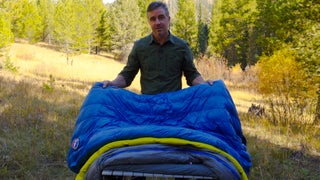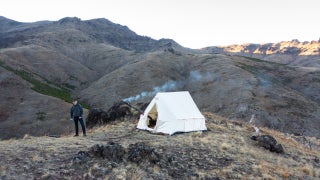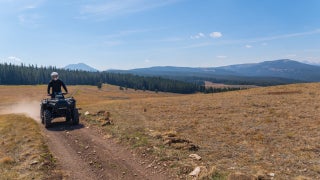Video loading...
Indefinitely Wild

How to Start Ice Climbing

The Gear You Need to Start Ice Climbing

How to Jump-Start a Dead Battery

This Test Proves How Essential Snow Tires Are in Winter
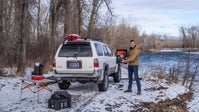
A Winter Emergency Kit for Any Driver

Traction Control, Explained

Gift Ideas for Outdoorsy Partners

Truck Stuck? We Put Maxtrax to the Test and It Did Not Disappoint.

What’s the Best Way to Heat a Tent in Winter?

How to Cook Elk and Other Wild Game

The Updated Ford Ranger Can Handle All of Your Gear—and Any ���ϳԹ���

Turkey and Campfires Is a Combo We’re Thankful For

Voice Mail Won’t Rescue You. This Advice Will.

Let’s Talk Layering

Turn Your Dog into a Proper ���ϳԹ��� Pup

The All-New Toyota Tundra, Reviewed

What to Know Before You Buy Your Next Sleeping Bag
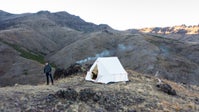
Want to Camp Comfortably This Winter? Get a Canvas Tent.

How to Keep Your Gadgets Charged Outdoors
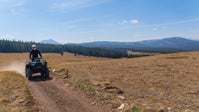
The Case for ATVs
How to Read Clouds When You’re Exploring
New perk: Easily find new routes and hidden gems, upcoming running events, and more near you. Your weekly Local Running Newsletter has everything you need to lace up! .
It’s difficult to predict weather in the mountains, where conditions can be hyperlocal and change rapidly. So you need to be able to look at the sky and figure out what the weather’s going to do in the next hour and the next day. Wes Siler has some basic, easy tips on understanding the different types of clouds and what they each mean for your forecast.
















